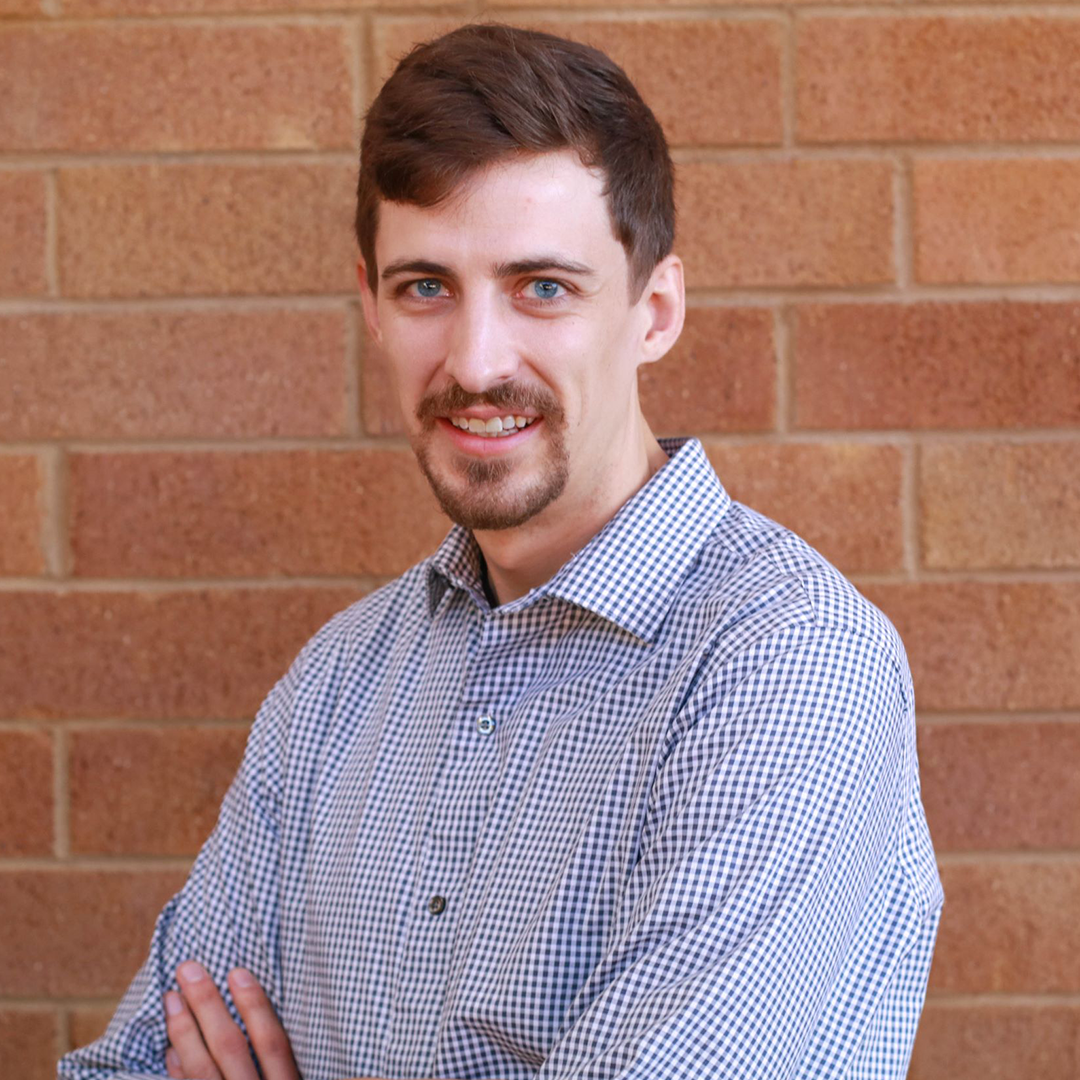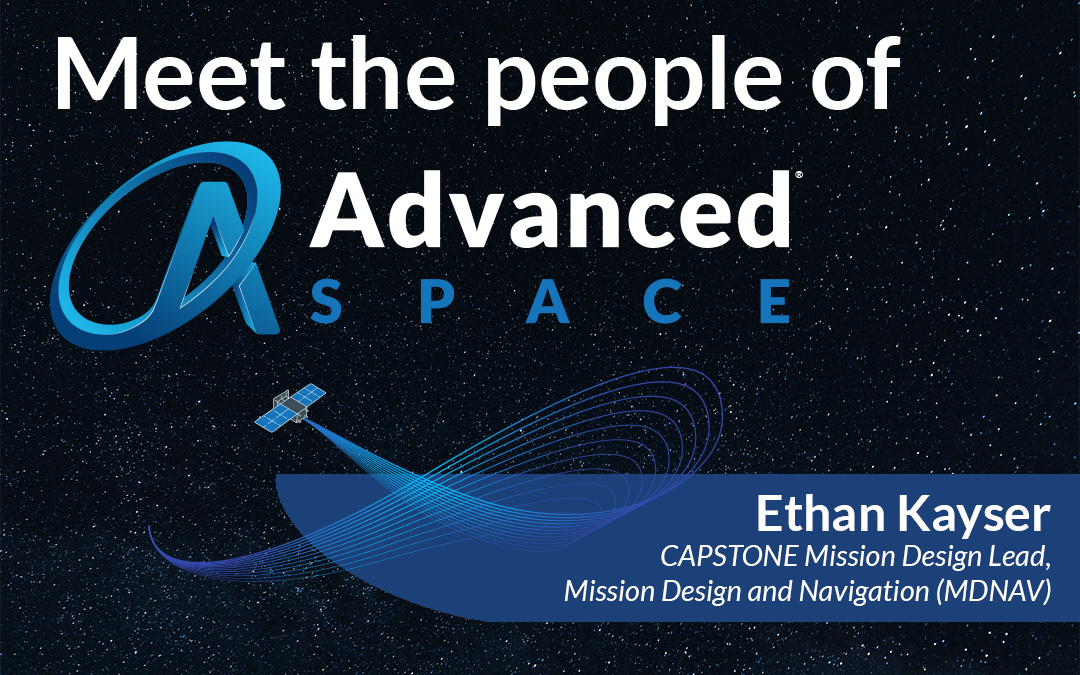
What has been your favorite project at Advanced Space and why?
This may be a common answer, but I’d have to say CAPSTONE™. It was an incredible opportunity to become the Mission Design Lead for a Moon mission just three years after finishing my undergraduate degree. That role is something I envisioned I’d get to do maybe a decade into my career. This unique opportunity really solidified that I had made the right choice in abandoning grad school plans and moving across the country to join a small company of less than 10 people. It’s also amazing to be part of something much bigger, knowing that CAPSTONE is part of Artemis and is helping to pave the way to get humans back on the surface of the Moon.
What are the unique challenges Advanced Space solves for the diverse types of missions?
Specific to our work in astrodynamics, because Advanced Space works on missions transferring to and operating at a wide variety of destinations in our solar system, each mission brings a unique set of orbital challenges. We’re very rarely working with problems that can be simplified down to two-body dynamics (modeling the spacecraft and the body it’s orbiting, like the Earth or Moon). We also try to leverage astrodynamics to make unfeasible missions feasible. One notable example is the work I did for the Encelascope mission, which involved designing a sequence of over 50 flybys of Saturnian moons to get the spacecraft into orbit around Enceladus for far less propellant than would be required for a more direct approach.
You’ve been an Astrodynamics Engineer and project lead for the Advanced Space Mission Design and Navigation program supporting NASA Gateway. How does that experience prepare you to support other missions?
Our work with the Gateway team at NASA Johnson had direct relevance to my role as the Mission Design Lead for CAPSTONE. The first low-energy lunar transfers I designed were for potential cargo re-supply missions for Gateway and helped me get familiar with the different families of transfers and the best strategies for building them. I further refined these strategies for CAPSTONE, and this helped the program be extremely responsive to launch delays. The actual transfer that CAPSTONE flew was designed just two weeks before launch!
What is the most interesting part of your current project?
The most interesting part of my current primary project is that I’m working on another mission going to a unique, never-flown-before orbit at the Moon. It’s a challenging orbit that will require a carefully designed station-keeping strategy and precise navigation.
How did you end up working at Advanced Space?
In the fall of 2016, I served as the Chair for the Students for the Exploration and Development of Space (SEDS) National Conference, which was hosted at Purdue. Advanced Space’s CEO, Brad Cheetham, is on the Board of Directors for SEDS and attended the conference. Although I was planning to continue at Purdue for grad school, I knew of Advanced Space’s work and was also open to the right job opportunity. At the conference’s award banquet, I made sure I was seated near Brad so we could chat and a few weeks later I interviewed with the technical team. After those interviews, it was an easy choice to shift plans, as Advanced Space was doing the exact work I wanted to pursue in a location I was very excited to move to (the Rocky Mountains are just a bit more appealing than the corn fields surrounding Purdue, ha ha!).
What’s unique about Advanced Space?
For astrodynamics engineers, I think Advance Space offers a unique opportunity to work on not only a wide variety of missions, but also to be deeply involved in real missions going to the Moon, Mars, and beyond. We punch way above our weight class when you consider the scope of missions that we work on compared to the size of our company.
What would you say is unique about your background?
At Advanced Space, I’m one of the few engineers without an advanced degree. Graduate degrees are great, but I think I’ve proven that in the right environment, someone with a more limited technical background can still thrive and contribute to complex projects. I think this is also a testament to the technical mentorship I’ve gotten from people like Tom Gardner and Jeff Parker here at Advanced Space.
